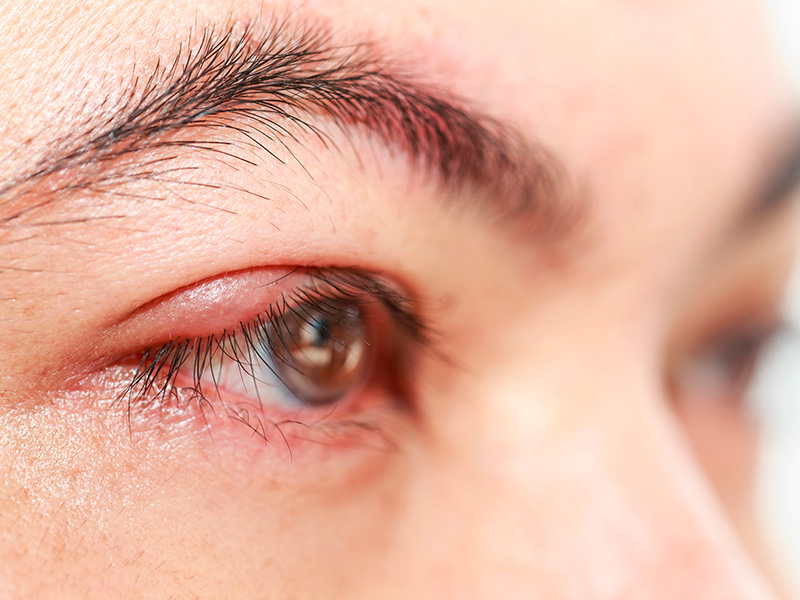Eye lid health is as important as your eye health. If your eyelids are not in perfect condition, your eyes are not properly protected and can be affected by various diseases. Also, the right placement is very important for the good and healthy appearance of the eye. Relaxation of the skin, droopy eyelids, eyelids that fold inwards or outwards, are common issues that can cause eye irritation, and often lead to severe vision loss. Most of these cases are treated with simple blepharoplasty procedures.
Chalazion
A chalazion is a swollen bump on the eyelid. It happens when the eyelid’s oil gland clogs up. It may start as an internal hordeolum (stye). At first, you might not know you have a chalazion as there is little or no pain. But as it grows, your eyelid may get red, swollen, and sometimes tender to touch. If the chalazion gets large, it can press on your eye and cause blurry vision. Rarely, the whole eyelid might swell. Chalazion can be treated in various ways depending its state and gravity.
 Warm compresses
Warm compresses
Soak a clean washcloth in hot water and hold it to your eyelid for 10–15 minutes at a time, 3–5 times a day. Keep the cloth warm by soaking it in hot water often. For a chalazion, this warm compress helps the clogged oil gland to open and drain. You can help the gland clear itself by gently massaging around the area with your clean finger.
Antibiotics
Your ophthalmologist may prescribe an antibiotic for an infected area
Surgery to drain the area
If your chalazion affects vision or does not go away, you may need to have it drained. This surgery is usually done in the doctor’s office using local anesthesia.
If chalazion keeps coming back time after time, your ophthalmologist may biopsy it. This is where a tiny piece of tissue is removed and studied. This helps your ophthalmologist check to see if there is a more serious eye problem.
Do not squeeze or try to pop a stye or chalazion
Doing so could spread the infection into your eyelid. Do not wear eye makeup or contact lenses while you have chalazion.
